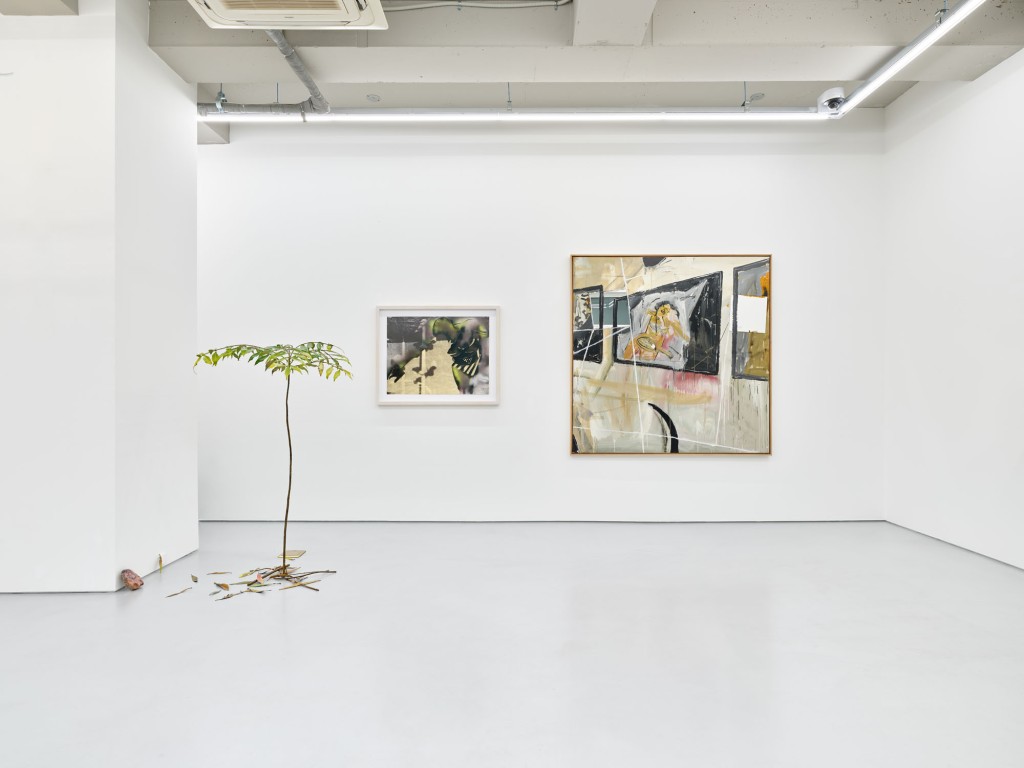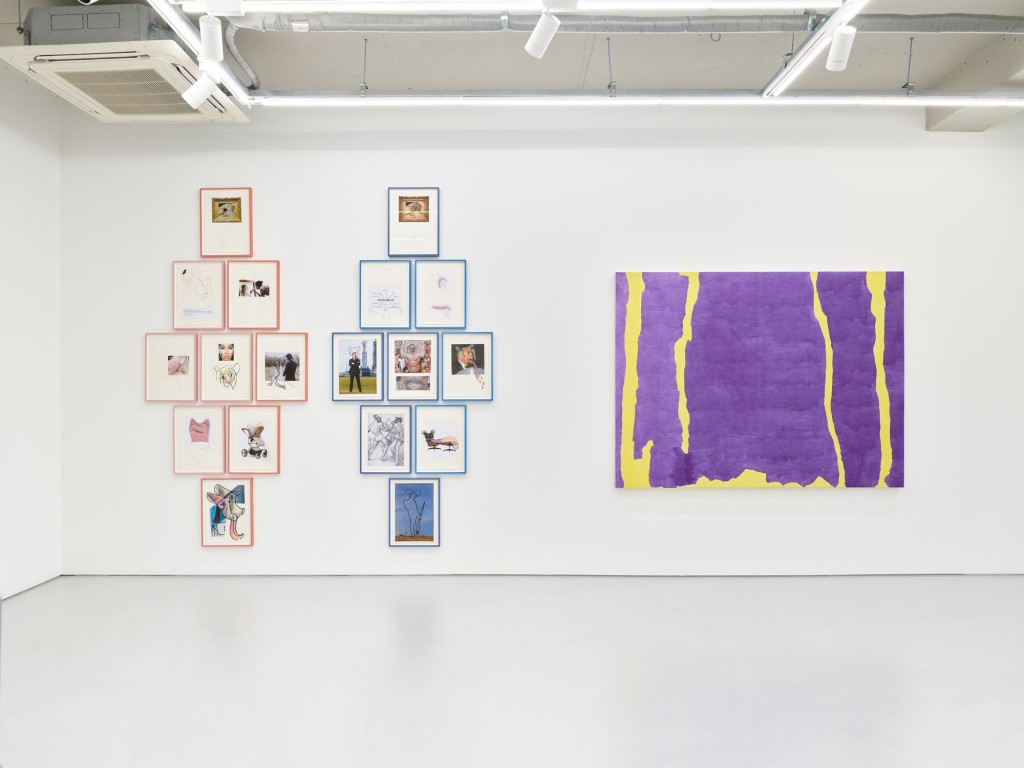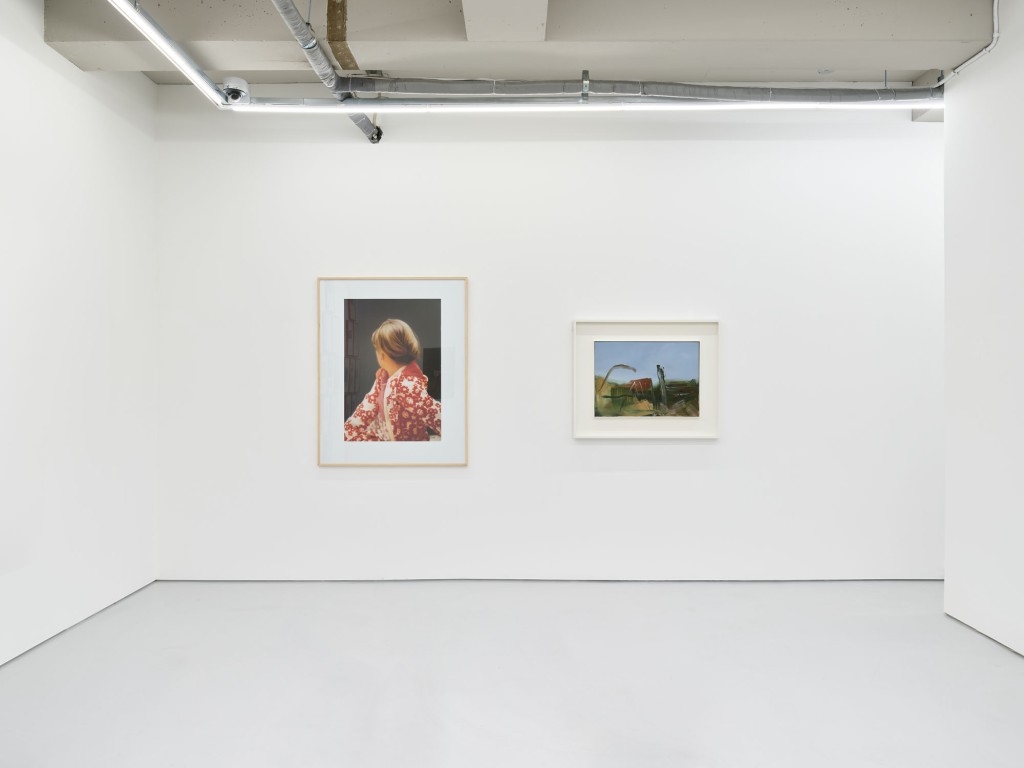Divided Skies. Selections from the Stavros Efremidis Art Collection is the first public exhibition of works selected from one of the most dynamic collections of international contemporary art. As part of a broader effort to promote and foster exchange between two of the most vibrant centers of the contemporary art world - Berlin and Seoul - the newly established Korean branch of Efremidis Gallery offers a rare glimpse into the private collection of one of its co-founders, the Berlin-based entrepreneur Stavros Efremidis. The hope of this presentation is that some of these works might spark new thoughts and conversations in Seoul with the with the same success that they have been a source of “life and energy” to Efremidis’ life and business.
Guest curated by art critic and art historian Gregor Quack, a specialist in German contemporary and postwar art, the exhibition represents only a fraction of the collection’s much larger holdings. While the collection has now broadened its focus to include younger and more international art, it has undeniably formed around a core and intellectual star- ting point in German post-war art, and includes key works by some of the protagonists of that period, whose attitudes and work have since become a major influence on contemporary artists around the world - including Gerhard Richter, Albert Oehlen, Isa Genzken, and many others. Divided Skies presents a small selection of these works, juxtaposing them with more recent additions and works by younger artists with some connection to Berlin, including Kasia Fuda- kowski, Tony Just, Young-jun Tak, Alvaro Urbano, and many others.
One of the reasons that German postwar art regained an unlikely international prominence from the 1960s onward may have been that the relatively small (West) German art world nevertheless allowed for an immense variety of artistic attitudes and styles-a variety that is evident even when comparing the works in this exhibition. Seemingly free from any overarching political directive or dominant style, many artists were able to focus on their unique and highly individual approaches to the world rather than on a collective goal. One reason for this was undoubtedly many artists’ newfound interest in international art movements. But another reason why postwar German artists never seemed to seek a single political mission is that, given the country’s recent history and its current division into East and West Germany, they knew that any exploration of individualism would have profound historical significance, whether they wanted it to or not.
Since the reunification of Germany in 1989, the city of Berlin has undoubtedly (re)emerged as a center of international art production. Interestingly, one of the reasons why the city was able to reemerge as a magnet for young artists
and creatives was that the gaps and vacuums left by decades of division provided enough space to once again exist seemingly free of a single dominant ideology or stylistic doctrine. The show’s title, Divided Skies, evokes this history of division and reunification by quoting a well-known literary work by East German author Christa Wolf about the human consequences of political division. Like the book, however, the exhibition is not simply about politics or history. Instead, the many and varied works gathered here each find a way to think about duality, distinction, boundaries, and their transgressions as a fundamental way in which humans tend to structure almost all aspects of life. Each work
in the exhibition deals with distinction or doubling, and each suggests a desire to either reinforce or transcend such divisions-from East/West and male/female, from reality/simulation to friend/enemy, from freedom/limitation to life/ death. As the famous German sociologist Niklas Luhmann argued in the 1970s, distinctions are neither good nor bad, but simply an inevitable fact of human self-organization: “Draw a distinction, otherwise nothing will happen at all.” What matters is how closely we, as individuals, chose to adhere to them.
By juxtaposing artists from different generations, Divided Skies aims to pick up the threads that unite them. Works by some of the most internationally recognized names in contemporary art are shown alongside works by emerging artists whose work has been the focus of the collection’s recent forays and explorations. In this way, Divided Skies engages in its own crossing of separate spheres—between different cultural spheres and between different
generations of cultural and artistic expression.





